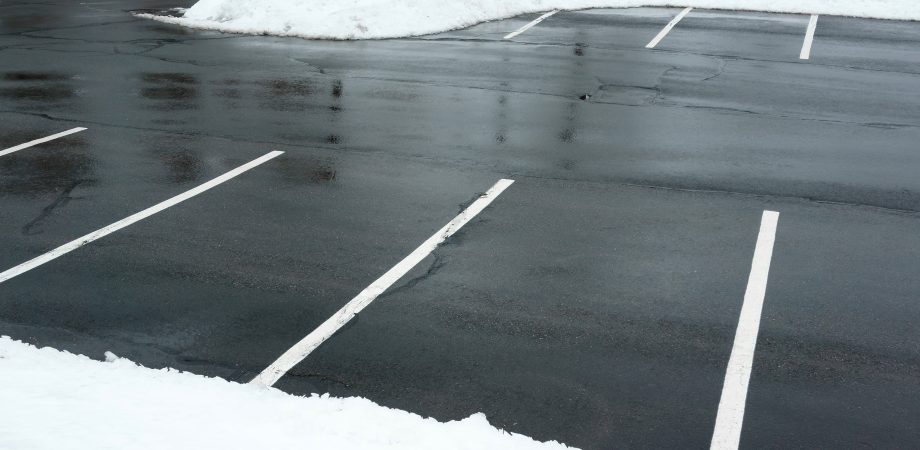Estimating Ice Melt Needs

Winter weather is never perfectly predictable. Forecasts often include a range of temperatures and types of precipitation, from rain to sleet to heavy snow. These conditions make it crucial to prepare now for wild weather. This blog post will explain how to determine the amount of material you’ll need for a de-icing job.
It’s always a good idea to ask for a scaled site map when you onboard a new customer for de-icing services. A map will have the most accurate measurements to help you prepare. It’s not a bad idea to visit the location and take measurements to confirm. If it’s been a minute since you took a geometry class, you can use the calculations below to help you estimate the square footage of any given site.
- Square/rectangle: Area = length times width
- Triangle: Area = base times height, divided by two
- Circle: Area = radius squared times 3.14 (or use this tool)
Making a site visit before the snow flies also allows you to scope out hazards that your plow could run into. Those hazards are certainly easier to spot when they’re not covered in snow and ice. It’s also helpful to ask your customer if there are specific areas they want to be treated more heavily, as some areas may be more prone to ice accumulation than others.
Once winter weather arrives, you can factor current conditions into your calculations. Both temperature and type of precipitation affect how much salt you’ll need. Because ice is thicker, it requires more salt to melt than snow. Likewise, colder temperatures demand more salt. The type of ice melt you’re using also affects how much you’ll need. Whether you’re using plain salt or a blended ice melt, the below recommendations provide a reference for general applications.
- Salt: 500 lb/acre
- Up to 2,000 lb/acre, depending on conditions
- Blended ice melt: 250 lb/acre
- Up to 750 lb/acre, depending on conditions
Of course, you want enough salt to get the job done. But be careful to use only what you need to avoid wasting product. Taking accurate measurements, making precise calculations, and purchasing a reliable spreader are all helpful practices to achieve the proper application rates.







